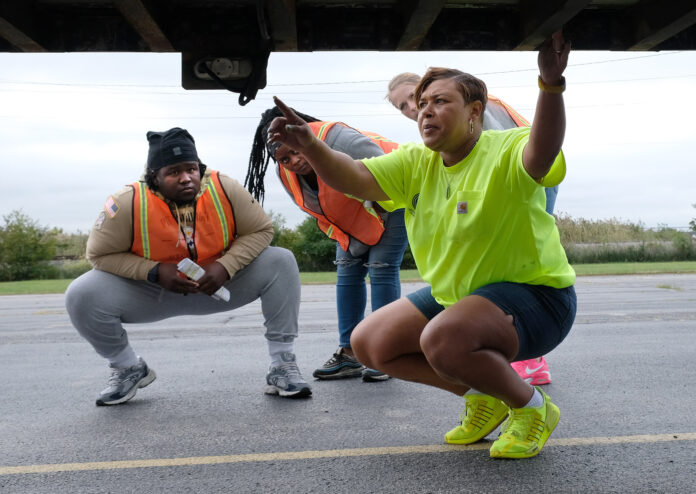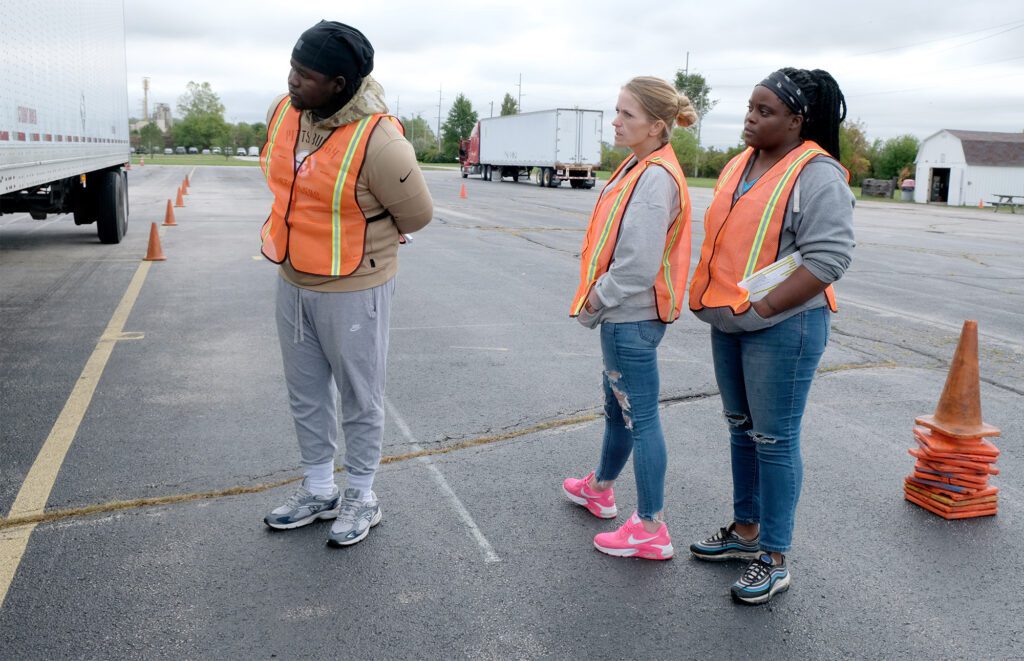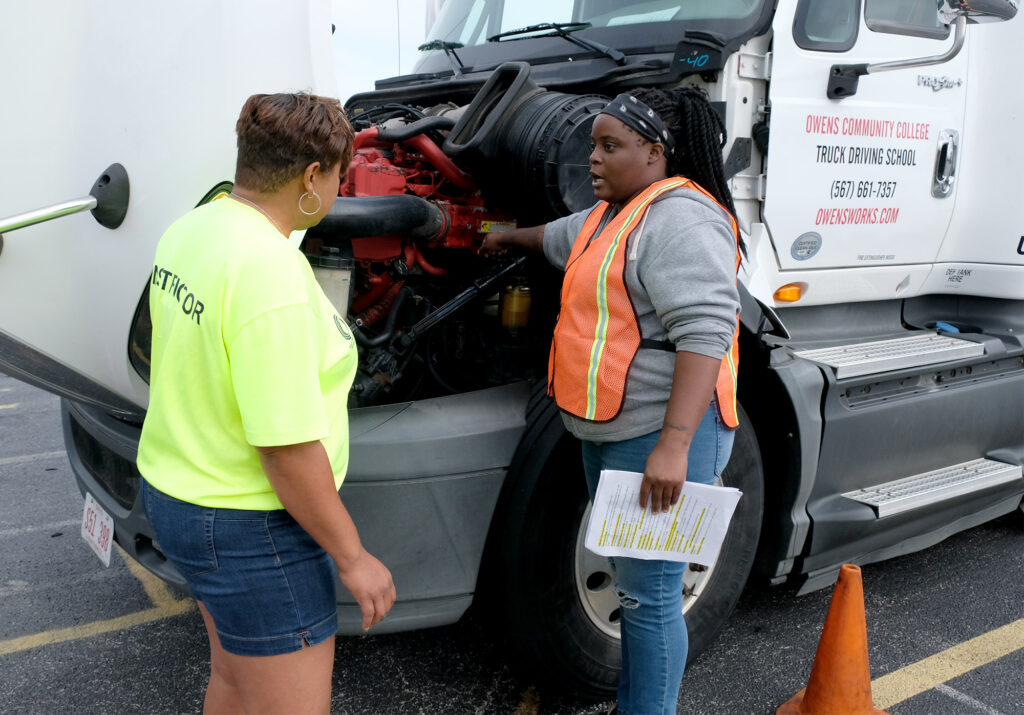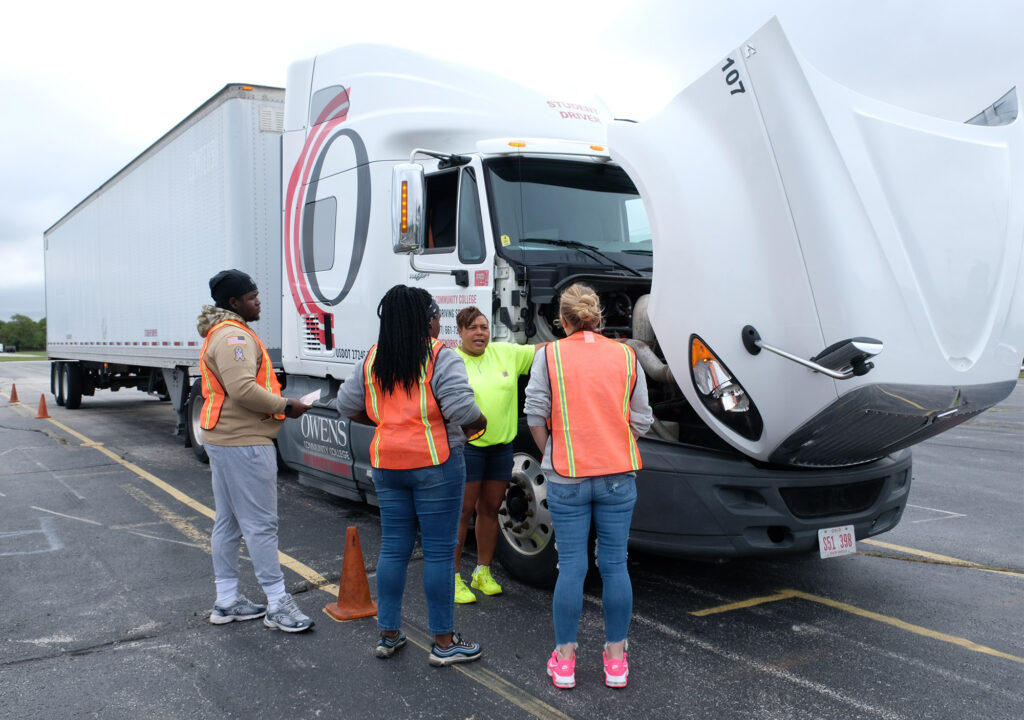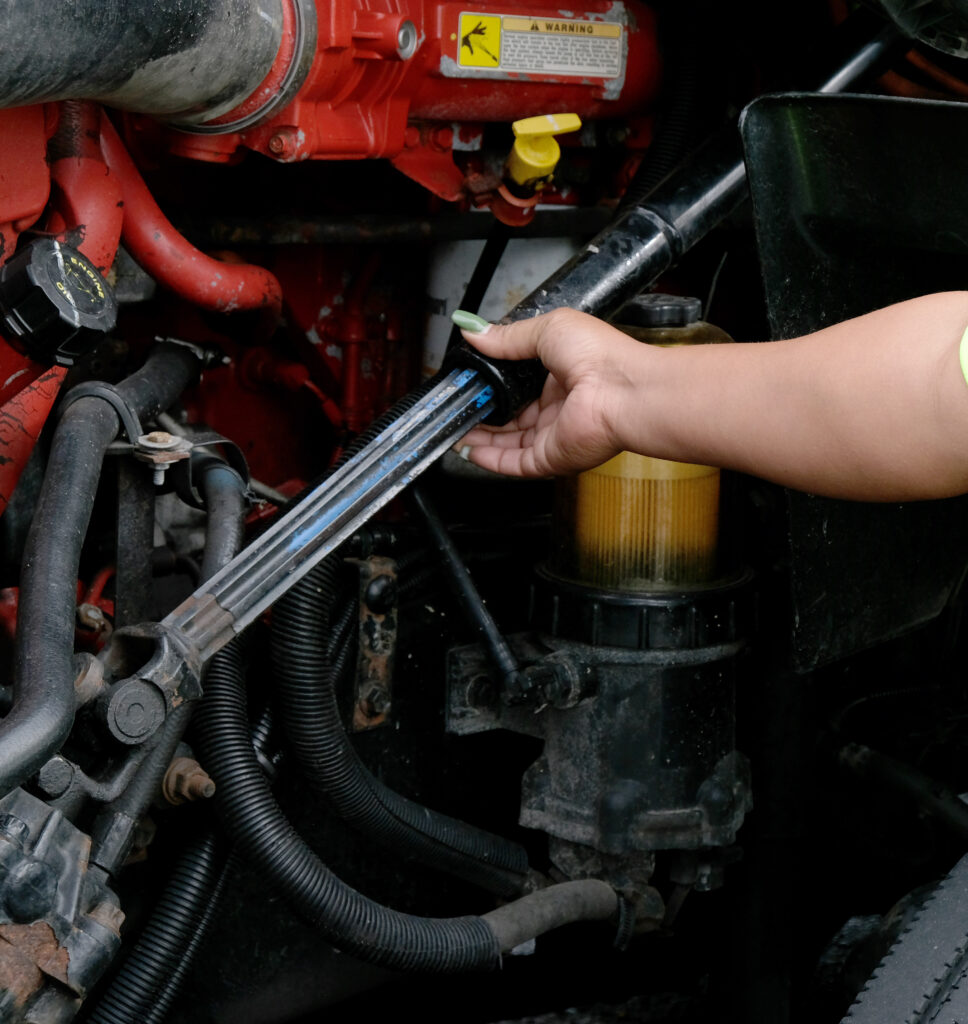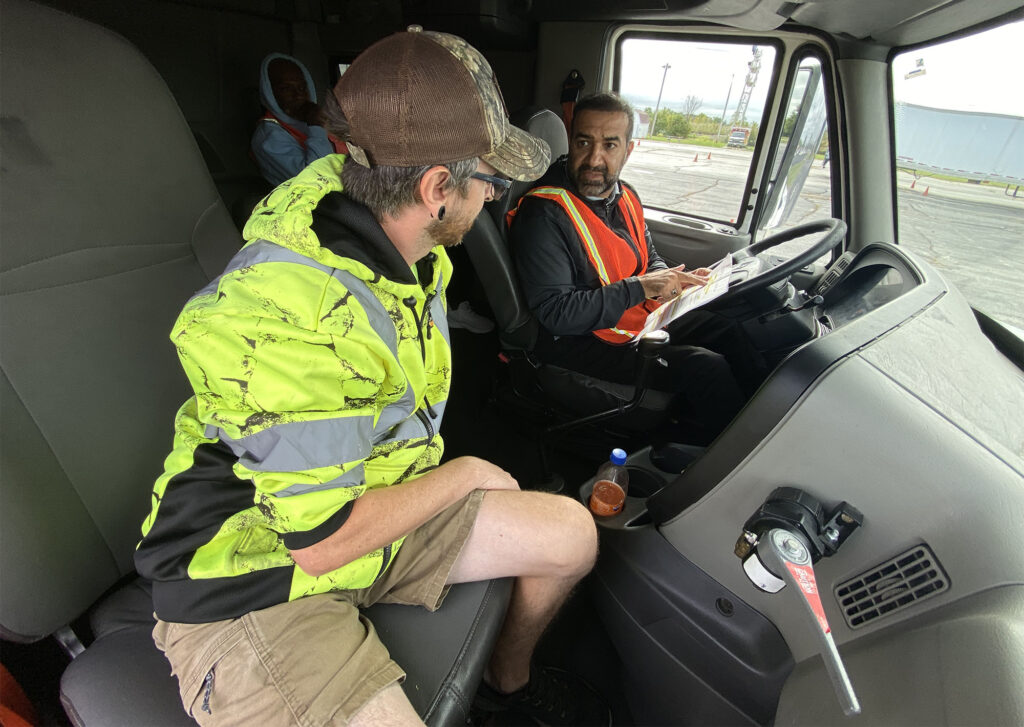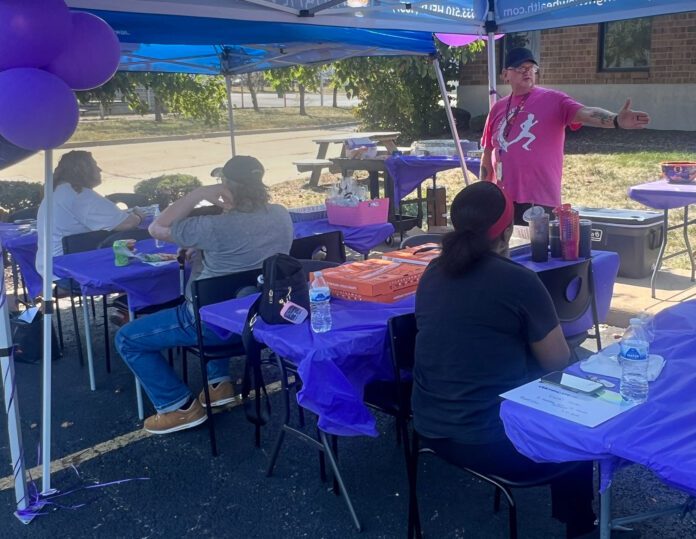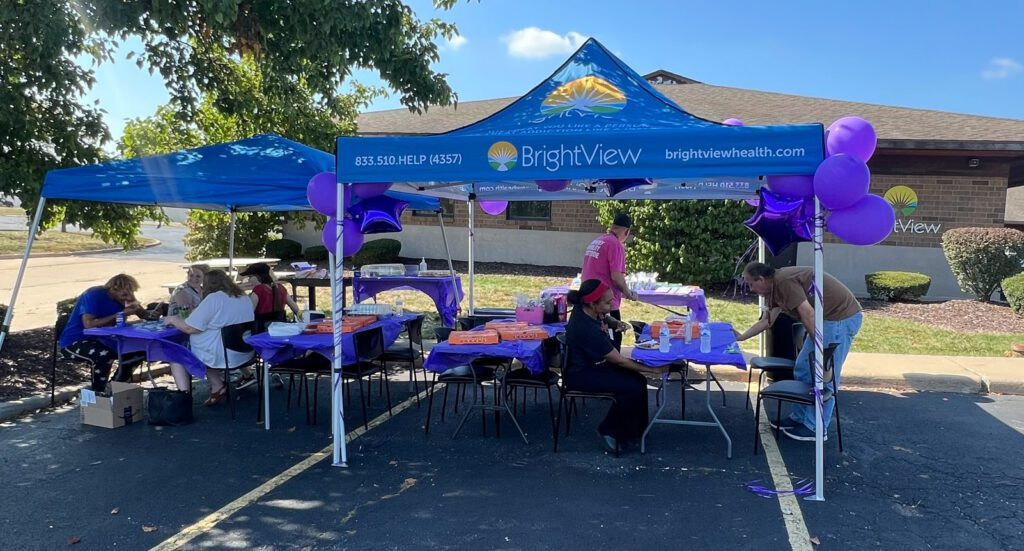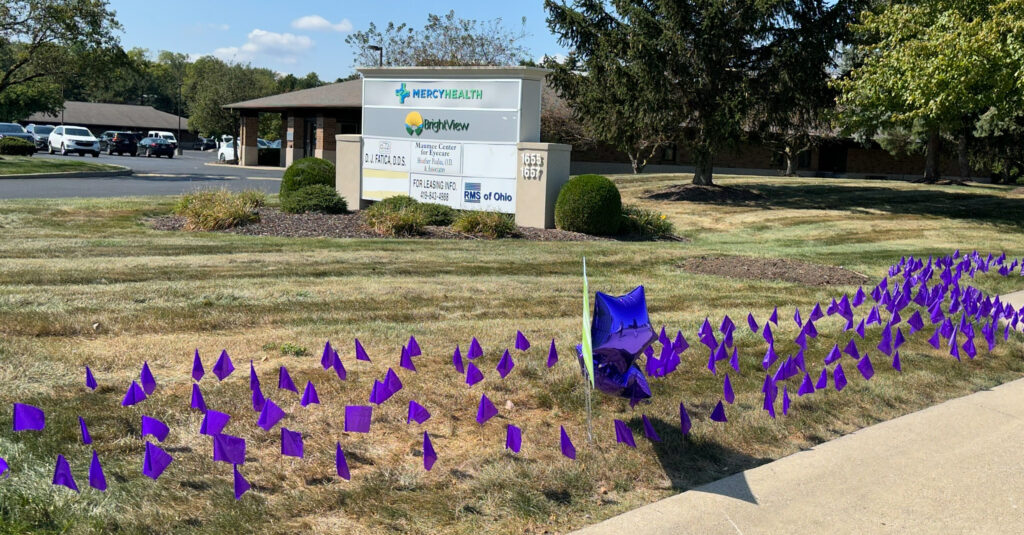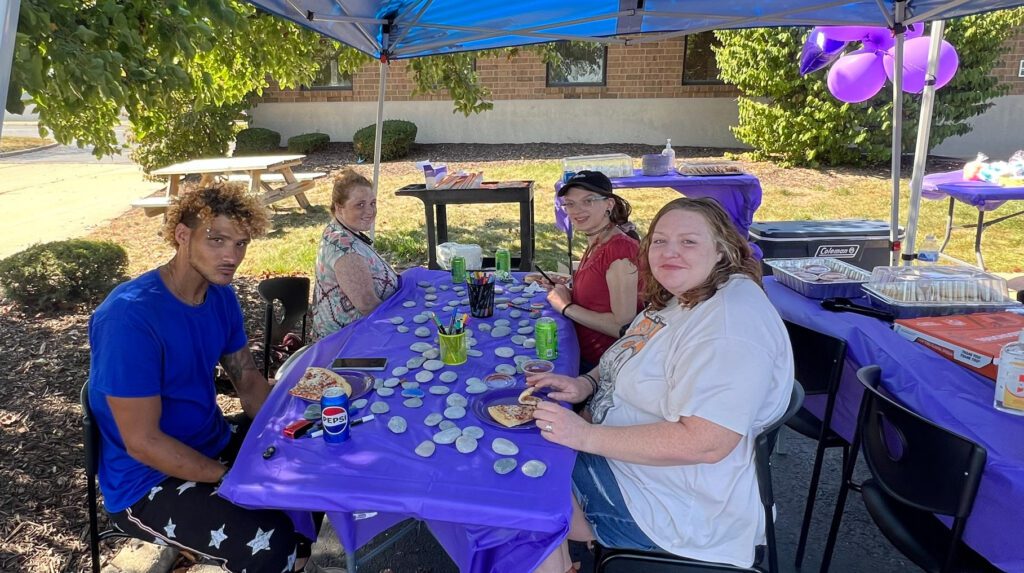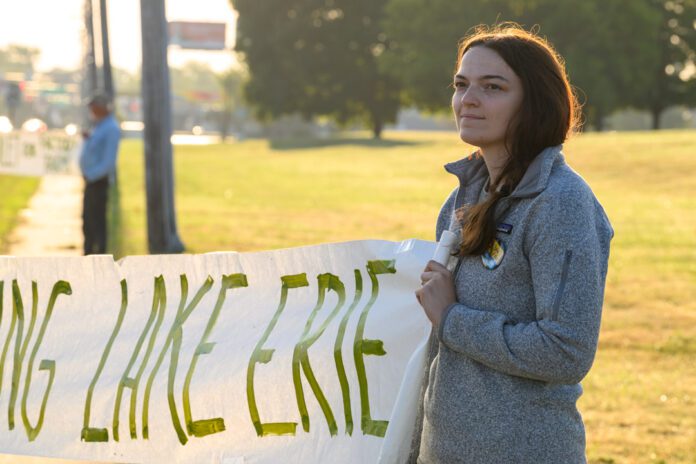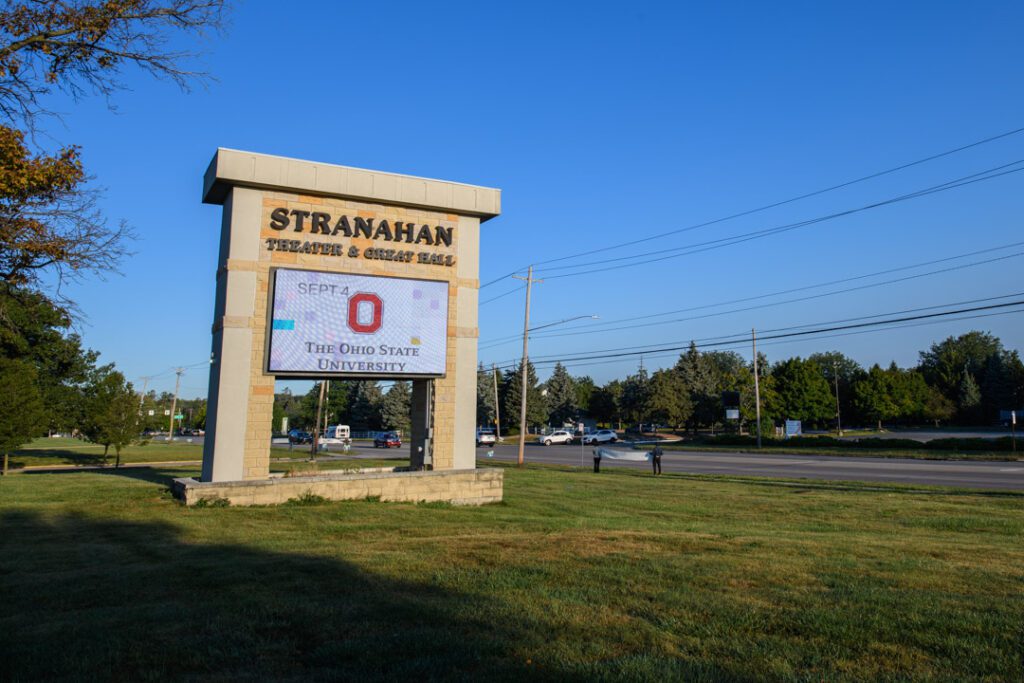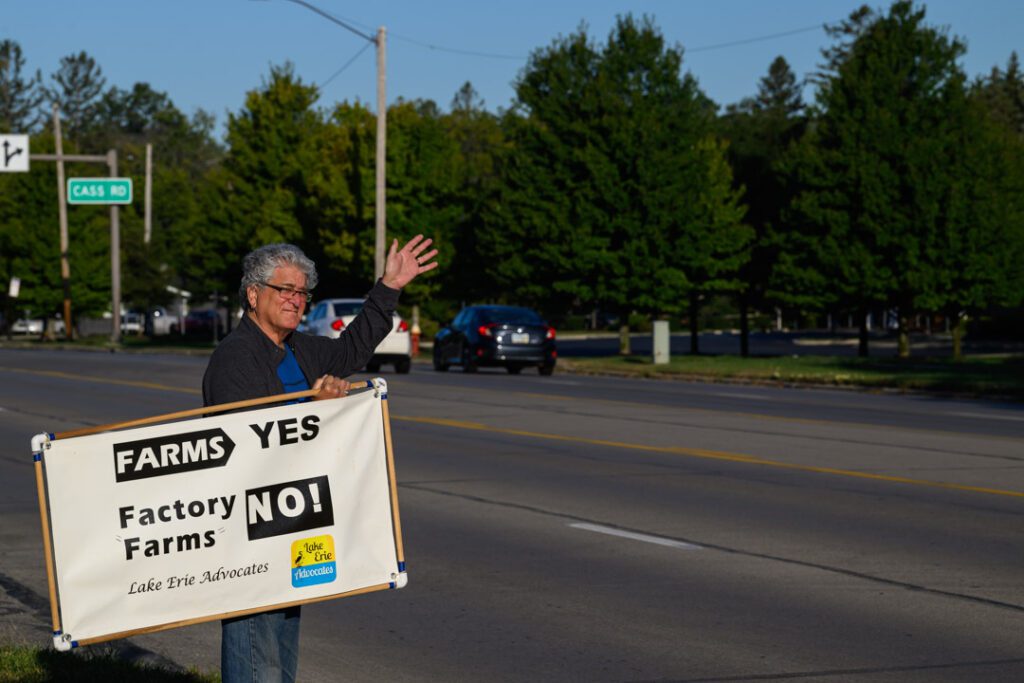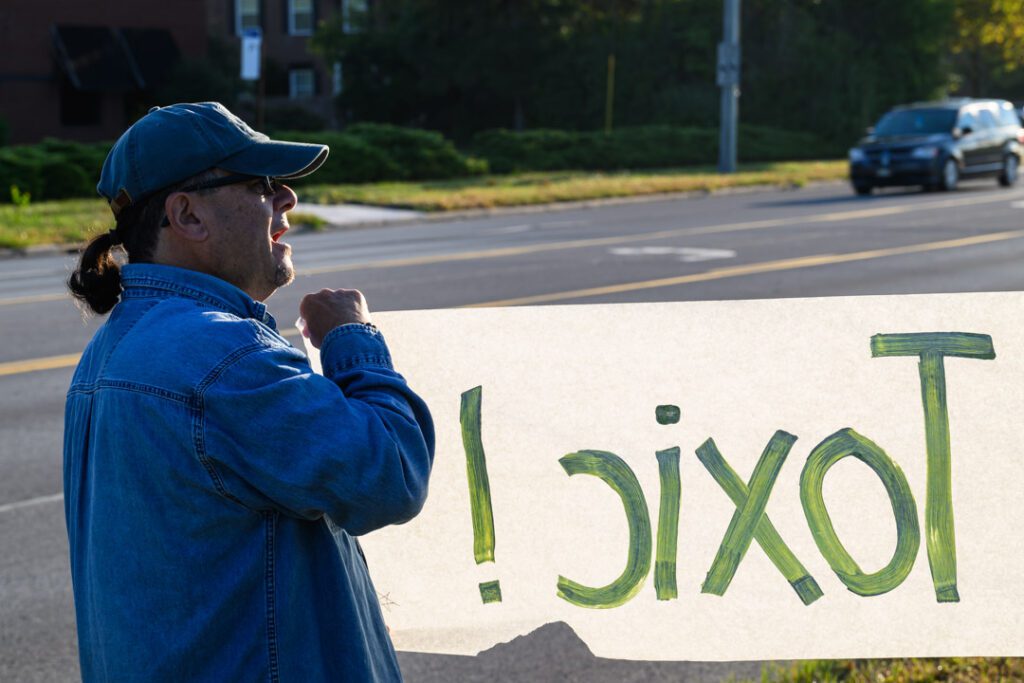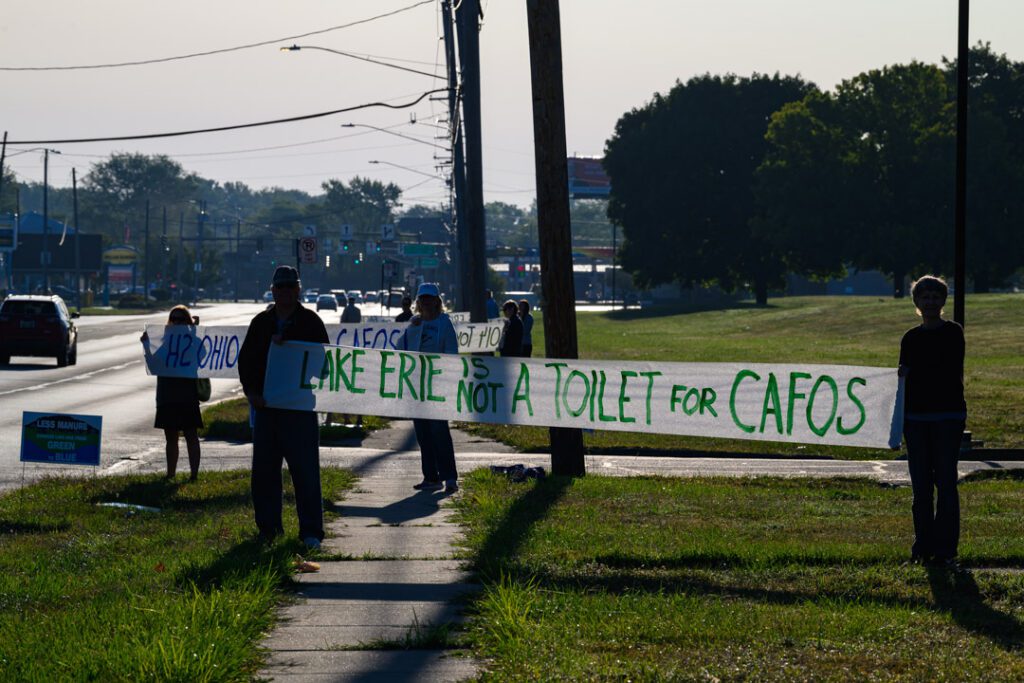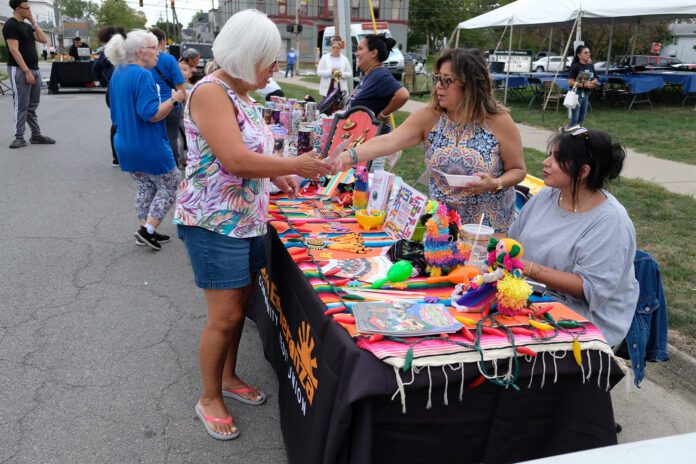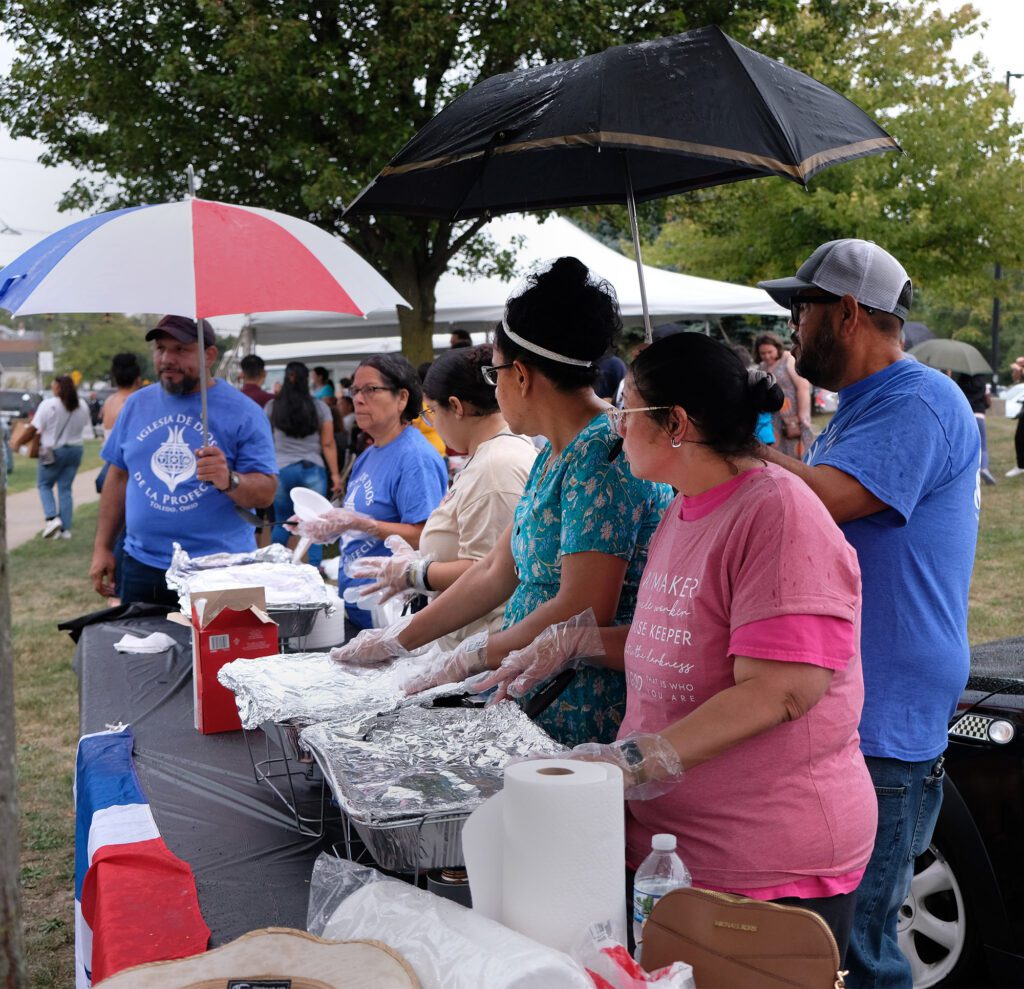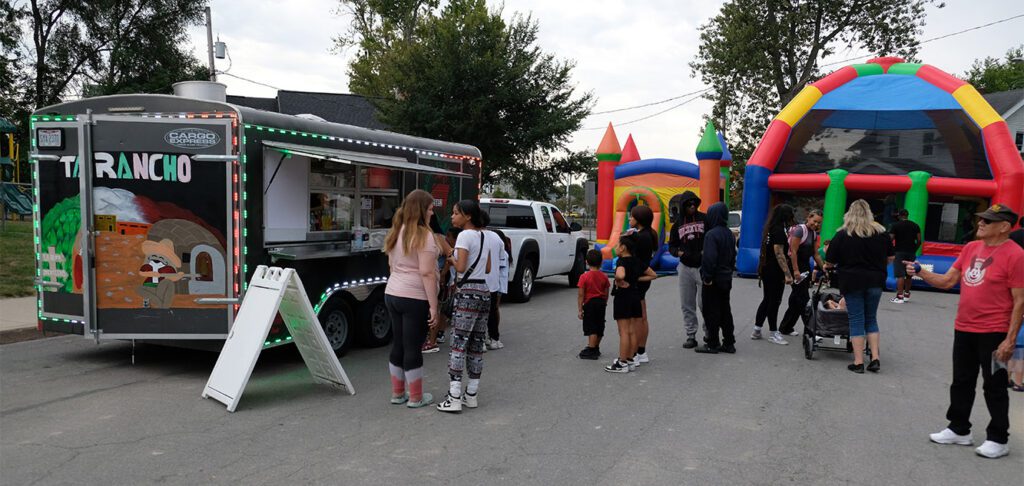Remembering Butch Rahe: Music plays on in firefighter’s honor
Story and photos by Kyle Brown
HOLLAND – Live music, support for the HERO program and a tribute to fallen Toledo firefighter Sterling ‘Butch’ Rahe were all a part of the 6th annual 419 Fest, held at Homecoming Park on Saturday.
There was even a pizza named after Rahe, and monies from the pizza sale helped support a fund in his honor. Raha died on Jan. 1 after complications from an injury.
The first of 11 bands to take the stage was The Chris Shutters Band, followed by Not Fast Enough, Venyx, The 25s and 56 Daze.
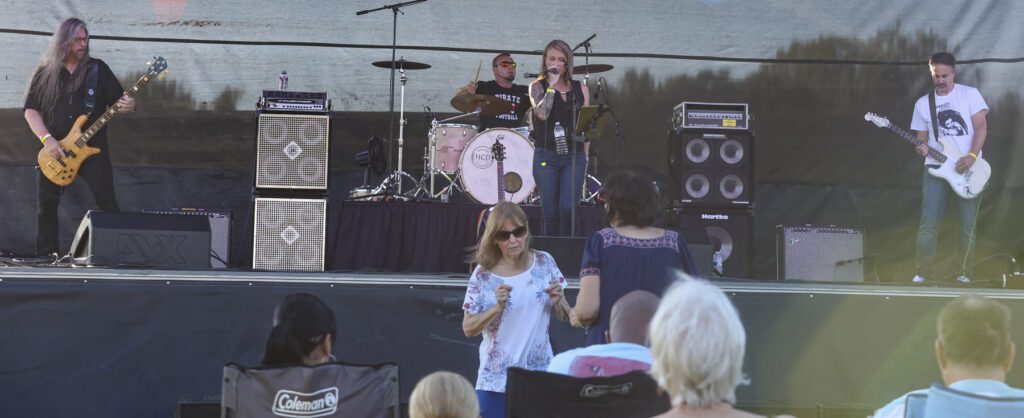
Between sets, Stacy Richards, Rahe’s niece, played songs to entertain the crowd. One song in particular that got the crowd in an emotional state was “I Can Only Imagine,” by MercyMe. Looking around, tears were falling. One crowd member mentioned they “stopped listening, or else I’d be balling my eyes out.”
Richards said that song was especially meaningful to her because it was the song she sang at Rahe’s funeral.
After Richard’s set, I met Becky Rahe, who was married to Butch for 32 years before tragedy struck. As I spoke to her, I got this sense of the pure joy she felt for this event. Butch had attended all five prior festivals and even helped put it on.
”I was talking to Todd, and you know, he was saying how he had to do it without Butch this year. But Butch was always with him,” she told me.
Becky said the fire department and township have been supportive to her and her family, like an extended family. “When needed, they have been there for emotional and practical help. They take care of their own.”
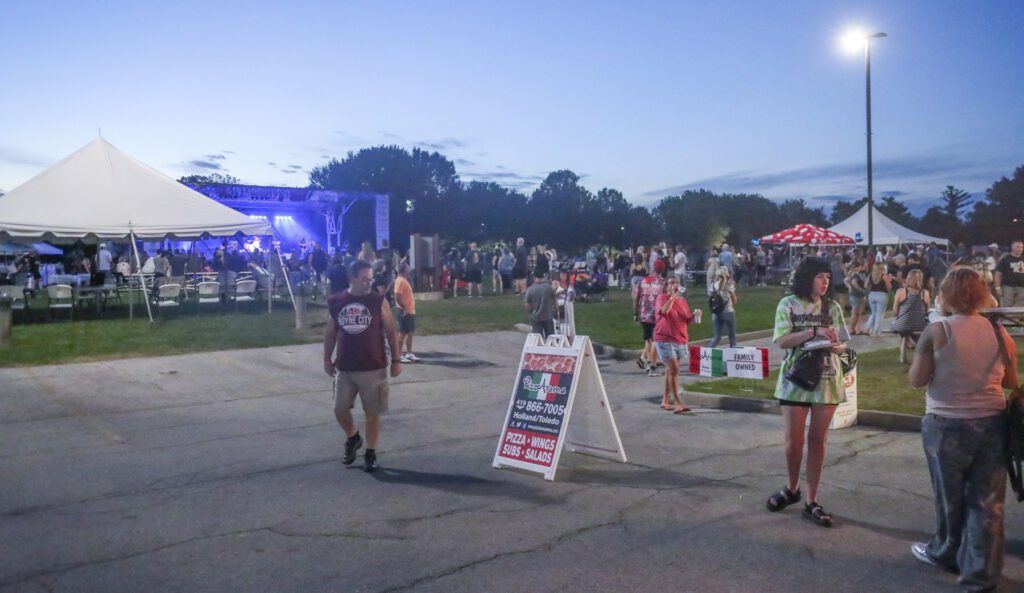

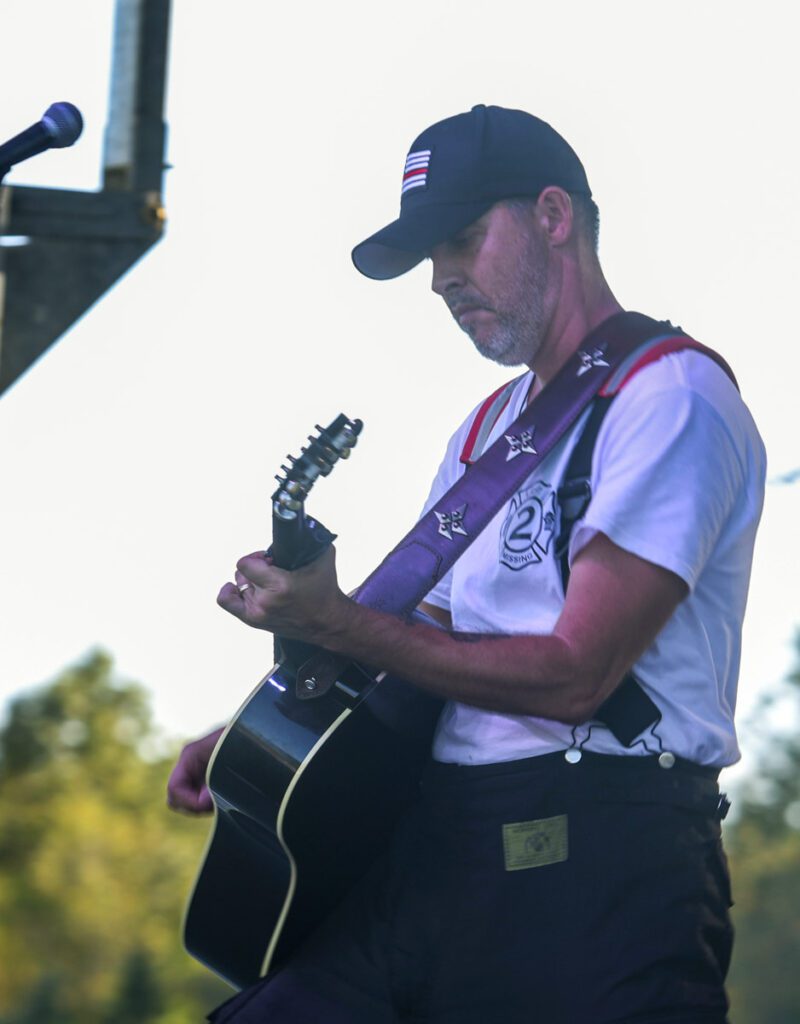

Before Piggyback Jones hit the stage, 419 Fest owner and promoter Todd Boatfield came on to talk about the lead signer for Piggyback Jones, Holly Lafferty, and how much she has helped over the years. Even during the Covid era, when the health department tried to shut the festival down, she still tried to help and donate her time.
Boatfield went on to talk about how it showed the “dedication and camaraderie that the 419 has for the music scene in Northwestern Ohio.”
Members of the Springfield Fire Department donated their time to help support the cause for this event, as well. One of those members was newly appointed battalion chief Andrew Vascik. Boatfield brought him on stage to publicly thank him and his crew for everything they have done, including the coordination of the crews, and even the smaller things, such as grabbing ice for people.
When speaking to Boatfield, I wanted to really get into what made him want to keep coming back year after year, to not only help support local musicians, but also give back to the firefighters and paramedics.
Boatfield said he loved raising money for a cause and he loved live music. “Anytime I get to mix the two of them together and have some of the best bands in Northwest Ohio, and be able to contribute money to a great cause, it makes it an easy eight or nine months of work to put this on.”
Boatfield wanted this year to memorialize Butch, a fellow Springfield firefighter before joining the Toledo Fire Department while still working part-time with Springfield. “We all knew Butch very well, and I knew him personally as we worked at the same station. I couldn’t think of a better venue to help raise some money for his family and honor him.”
419 Fest doesn’t just give money to falling firefighters and paramedics, it also supports the HERO (Health Education, Resources, and Outreach) program, a voluntary, non-emergency program open to all communities served by Springfield Township and Sylvania Township fire departments. The goal of the program is to assist residents to have safe living in their homes.
Other bands that performed were 2 Left Missing, followed by Distant Cousinz and Beefcarvers. There was quite a buzz when Leadfoot Granny took the stage. A band of 18 and 19 year olds took the Toledo by storm. Forming less than a year ago, the band featured Hope Smith on lead vocals, Luke Emrie on lead guitar and backing vocals, Owen Krupp on bass and backing vocals, and Odin Woodbury on drums.


From the very first strum of the guitar and the first word out of Hope’s mouth, the crowd seemed hooked. While it seemed like most of the other bands were cover bands, Leadfoot Granny took a different approach. With a healthy mix of their own music and covers, the band jammed out to their 45-minute set with, in my opinion, the loudest cheers of the entire fest. One of the signature features of the band is the instrumental solos. Each had their opportunity to shine, and Smith with her vocal abilities turned heads on her own accord.
Ending the night was Noisy Neighbors, a power pop cover band. The high-energy band provided music covers of top songs spanning from the 80’s to current day music.
To donate to the cause, please visit 419musicfest.com. The donation link is up all year-round and goes straight to the HERO fund.
To apply to be on next year's band lineup on Sept. 20, send Todd Boatfield your information via an email on the 419 Fest website, or find him on social media. Boatfield will attend a show to see if you are a good fit.



